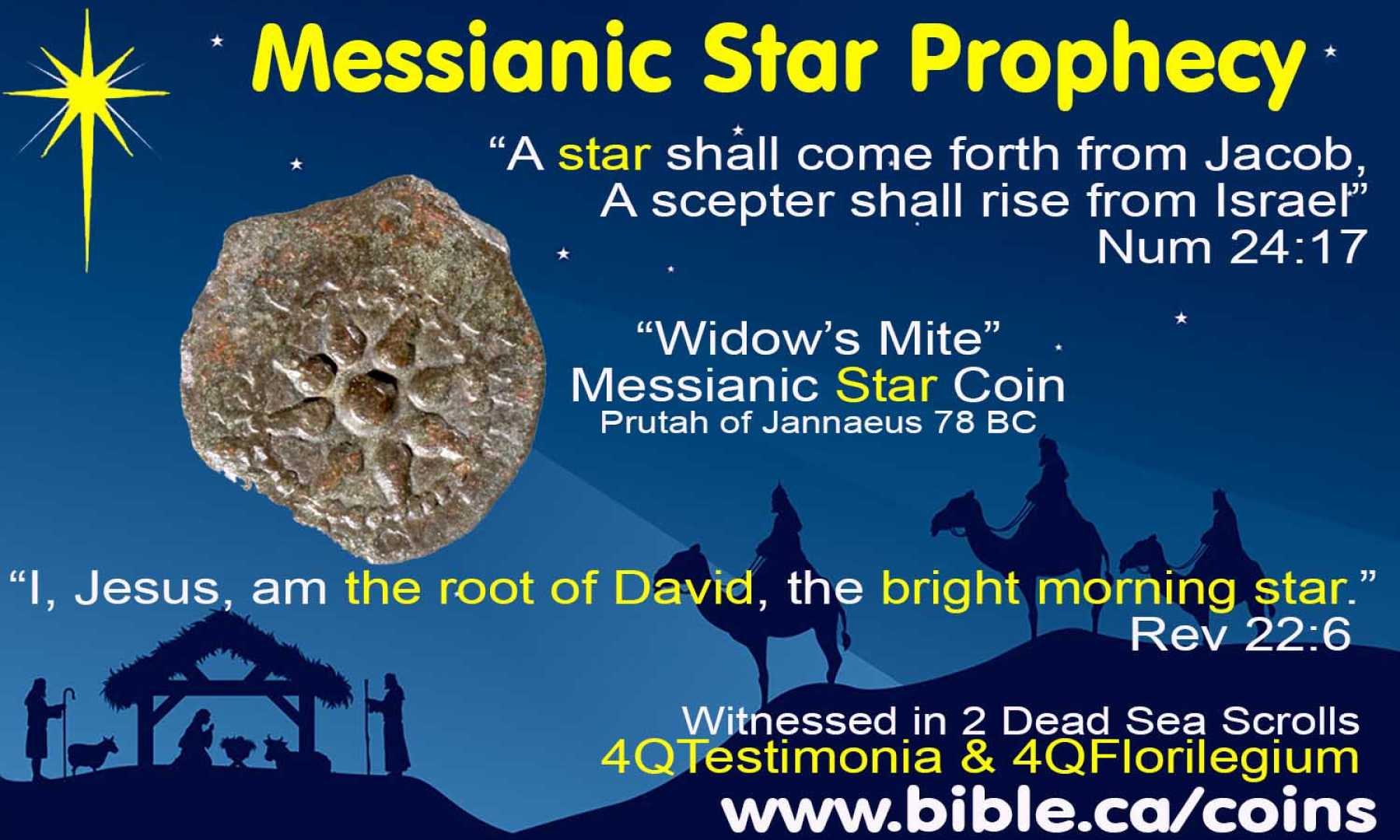News
Debate Surrounding ‘Star of Jacob’ Claim Goes Viral on TikTok

A recent TikTok video has reignited fascination and debate over the “Star of Jacob,” a biblical prophecy suggesting a celestial sign of the rebirth of Jesus Christ. The video was released by Jacob Rutkowski, a well-known TikTok creator, and has since captured widespread attention online, becoming a viral sensation.
Rutkowski, who has amassed a significant following on the social media platform, drew upon the biblical story found in the Book of Numbers. In this account, a star is said to have led three wise men to the birthplace of Jesus in Bethlehem, imbuing it with a sanctified place in Christian lore. Rutkowski’s video claimed that this extraordinary star might soon make an appearance in the night sky, hinting at momentous spiritual implications. “Look up,” Rutkowski urged his viewers, suggesting the phenomenon’s imminence.
However, the claim has sparked vigorous debate among social media users and religious scholars. Critics are quick to dismiss the idea, pointing out that the Star of Jacob is largely considered symbolic, with roots purely in scripture and myth. “It’s symbolic, not scientific,” commented one user in a rebuttal video clarifying that the star has no basis in astronomy.
The Star of Jacob finds its origins in the Old Testament, specifically in the Book of Numbers, verse 24:17. The verse reads, “I see him, but not now; I behold him, but not near. A star is emerging from Jacob; A scepter is rising from Israel, and it smashes the brow of Moab and the foundation of all the sons of Seth.” The phrase symbolizes a future vision of hope and power, often interpreted to allude to future leaders or messianic figures.
The Greek Orthodox Archdiocese of America provides context for this biblical reference, indicating its metaphorical and prophetic significance rather than its astronomical reality. Rutkowski’s assertions, while illustrative of powerful imagery, have nonetheless met with significant criticism as being literal interpretations of what many believe to be allegorical text.












